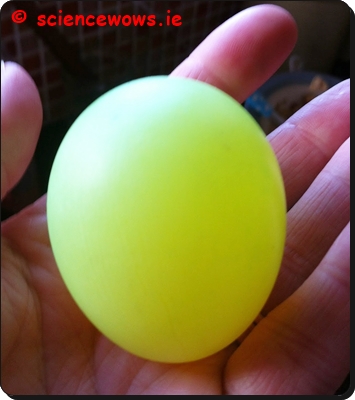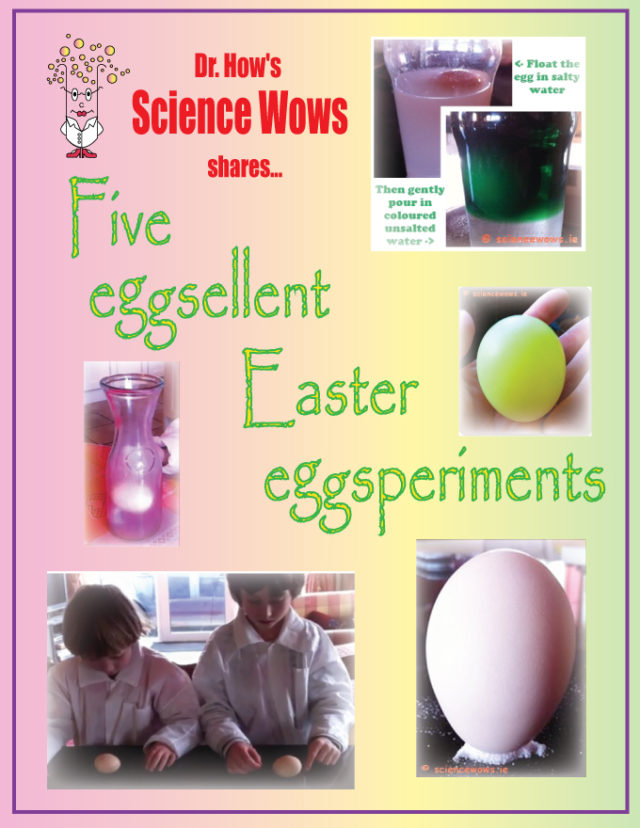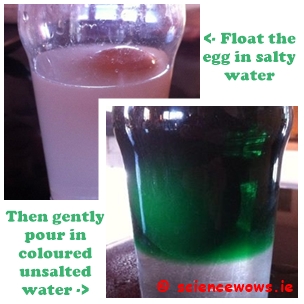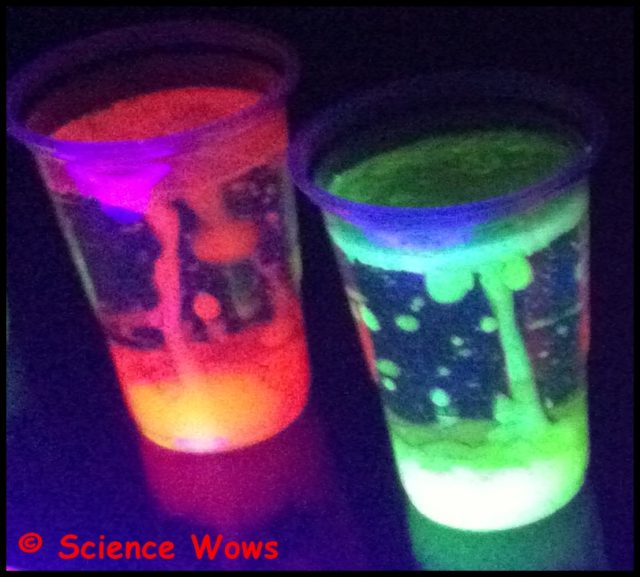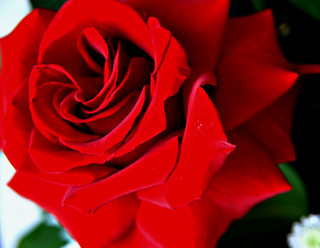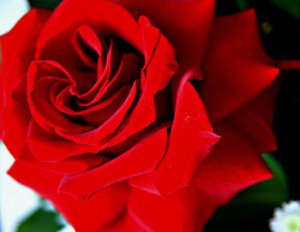Christmas is finally here, or almost. We have made it to the final day and the excitement is mounting by the hour. Businesses close, friends and family arrive and last minute shopping is performed with lightning speed. Adults tally gifts, count the seats around the table and check that there are enough brussel sprouts for all. Children meanwhile think only of Santa and his all-important cargo that will be dispensed this very night. If their minds wonder to food at all it is usually just to consider what treats they will leave out for the big man and his furry friends. In this house the current dilemma is whether Santa would prefer a mince pie or some Christmas cake. There is no debate in the Science Wows HQ about what to leave out for the reindeer though, that was sourced in yesterday’s adventure. The children ventured out in the wind and rain, up the lane, through the fairy field and into the little wood with the plentiful supply of LICHEN; Rudolph and his friends will be well fed tonight!
In the spirit of this festive season, I thought it might be nice to share a few facts you may not know about our red nosed friend and her buddies.
LIKING THE LICHEN!
Lichen is the staple food of Reindeer (or Caribou); there is even a type of lichen named after them, called “reindeer moss”. Most species of reindeer also eat grasses, mushrooms and mosses; Just like cows, reindeer “chew the cud” first digesting half chewed food into one stomach, only to regurgitate it, chew it some more and swallow it into another stomach.
ON THE HORNS OF A DILEMMA
Unlike other deer species both male and female reindeer usually have antlers. The males lose theirs in Winter, (usually at the end of the mating season in early December) but the females keep theirs until after they give birth, in the spring; that is why all Santa’s reindeer must be female as they still have their antlers on 25th December!
Reindeer antlers are a bit like human fingerprints, no two are exactly alike! They are made of bone with a rich supply of blood and can regenerate fairly quickly. Reindeer antler growth and regeneration has been much studied in the areas of science and medicine in particular. Deer antler velvet be given in the treatment of such conditions as rheumatism, sports injuries and weakened immune system and is being studies for possible application of certain cancer treatment.
OH BABY IT’S COLD OUTSIDE
Reindeer are very well adapted to their cold habitats. In winter months their fur grows longer and the hairs of their winter coat are hollow, helping to trap air and insulate from the extreme weather conditions. The fur around their muzzles grows also protecting their airways from the bitter cold air. They can also alter their blood circulation allowing a higher core temperature to be maintained in their upper body.
Reindeer have an acute sense of smell, allowing them to detect lichen under the very deep snow. Their hooves are well adapted to digging in the snow, changing in structure during the colder months to assist in shovelling through the snow, as well as improving their traction on the frozen ground.
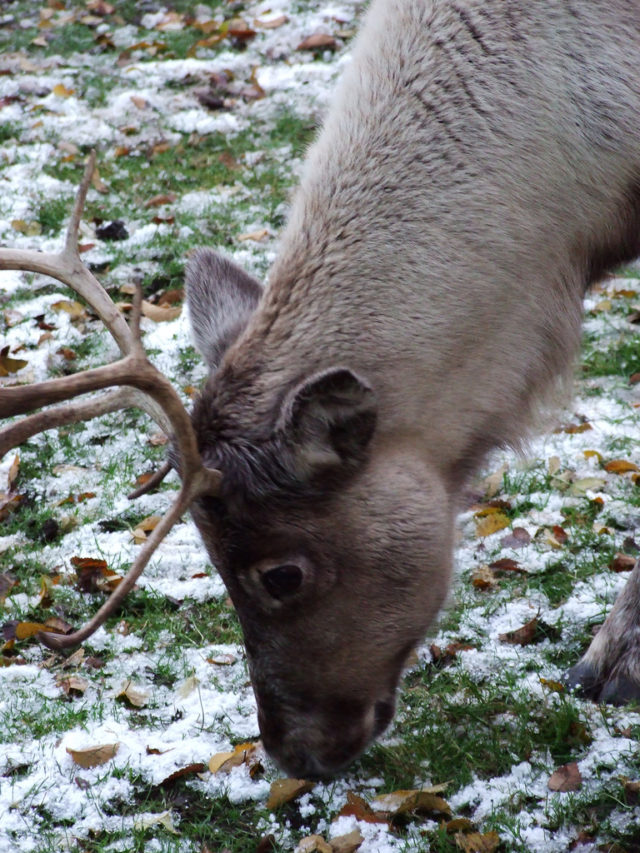
During the colder months reindeer migrate south. In fact some reindeer species migrate further than any other terrestrial animal, clocking up more than 900 kilometres in one year.
Reindeer are the only mammals that can see UV light which helps them detect a number of facts in their “winter wonderland” environment, from food to predators.
Whatever you leave out for the reindeer this year, or at what angle Santa lands on your roof, I hope that you all have a very happy and healthy Christmas (or with a new phrase I learned “Happy Elbow”).
